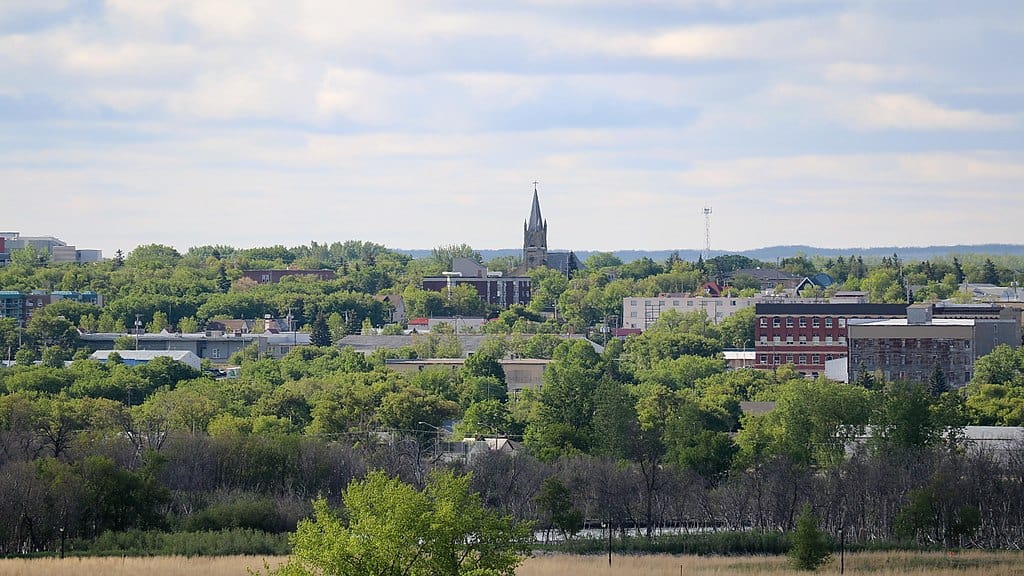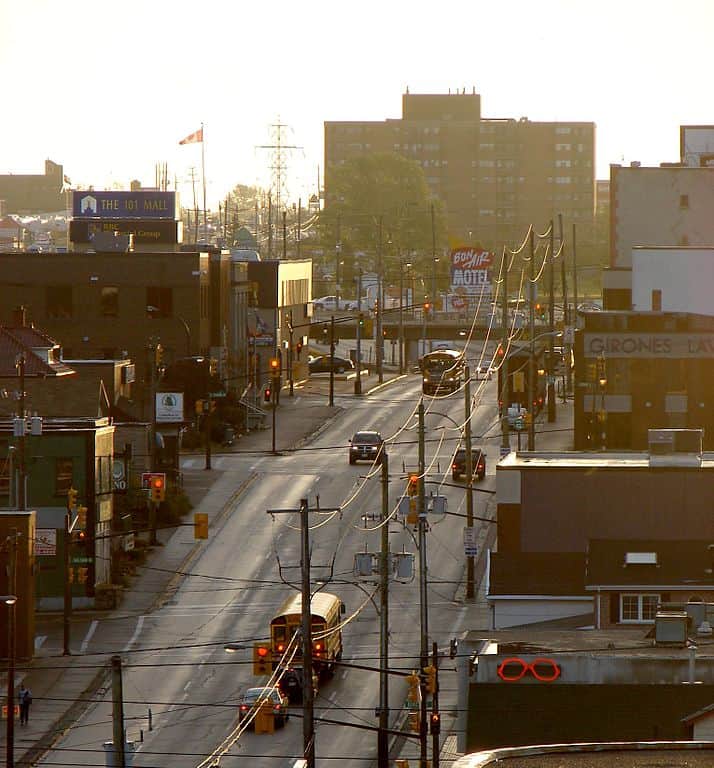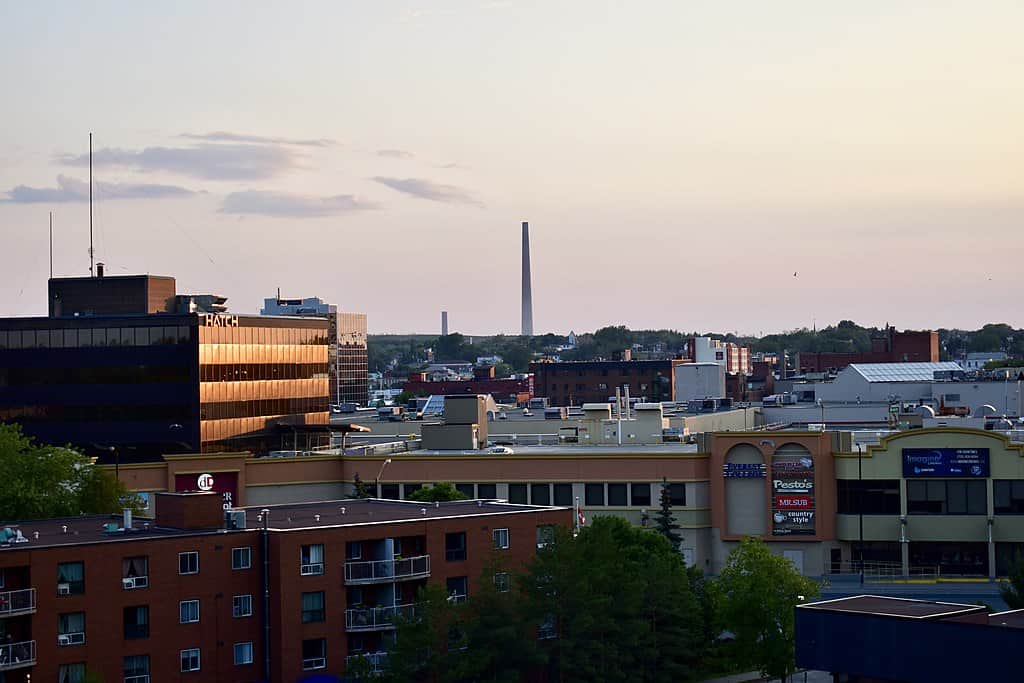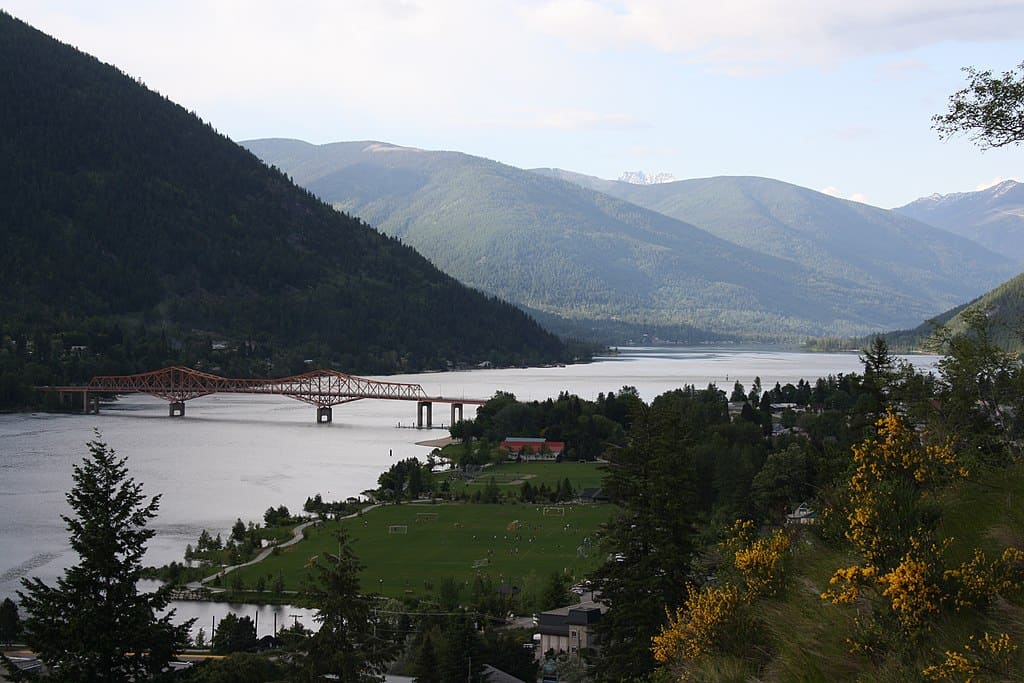The busy streets and vibrant culture of a big city can be attractive, but smaller communities have a lot to offer too, from a more affordable cost of living to shorter commute times. Are you considering studying abroad in Canada, and interested in settling in a smaller city or town after graduation? International students at eligible academic institutions may participate in the Rural and Northern Immigration Pilot (RNIP) after graduation.
What is the Rural and Northern Immigration Pilot?
The Rural and Northern Immigration Pilot is a community-driven pilot program that encourages newcomers to pursue permanent residency in (and share their skills with) smaller communities. RNIP is supported by the Government of Canada in 11 communities spread across five Canadian provinces:
We’ve created this short video to learn more about RNIP. Check it out:
Is your heart set on Canada’s east coast instead? Learn about the Atlantic Immigration Program!

Brandon, Manitoba. Image Credit: Robert Linsdell from St. Andrews, Canada, CC BY 2.0, via Wikimedia Commons
Is RNIP Right for Me?
RNIP works a little differently than other Canadian immigration programs. In addition to the standard language, education, and financial independence requirements, applicants must intend to live in and meet the requirements set by the community where they apply to live.
International students who wish to pursue permanent residency through RNIP must have:
- Graduated from a full-time post-secondary program.
- Completed a program which lasted two or more years.
- Studied at a publicly-funded secondary institution in the community recommending you for this program.
- Lived in the community for at least 16 of the last 24 months spent studying to get your credential at the undergraduate level, or were in the community for the full duration of your studies as a postgraduate student.
- Meet the National Occupational Classification (NOC) language requirements which match your job offer in the designated community.
This is in contrast to some other Canadian immigration programs, where graduates from any designated learning institution (DLI) in the eligible province(s) may apply. RNIP is also open to newcomers with qualifying work experience.
Did you know: Most Canadian provinces and territories also have their own provincial nominee program! To learn the basics, check out our blog.

Timmins, Ontario. Image Credit: P199, CC BY-SA 3.0, via Wikimedia Commons
Preparing Your Application
Want to apply to the Rural and Northern Immigration Pilot? First, ensure your post-secondary credentials are eligible. Did you graduate from a 2+ year program at a post-secondary institution in one of the communities below? If so, confirm you meet both the government and community-specific requirements.
Next, you’ll need to find an eligible job with an employer in one of these communities:
- Altona/Rhineland, Manitoba
- Brandon, Manitoba
- Claresholm, Alberta
- Moose Jaw, Saskatchewan
- North Bay, Ontario
- Sault Sainte Marie, Ontario
- Sudbury, Ontario
- Thunder Bay, Ontario
- Timmins, Ontario
- Vernon, British Columbia
- West Kootenay (Castlegar, Nelson, Rossland, and Trail), British Columbia
Once you’ve accepted a job offer (congratulations!), submit your application for recommendation to your community. They will then assess it, and let you know if you’re recommended. Assessment times vary; the Moose Jaw RNIP team estimates a month’s turnaround time.
RNIP’s community focus means that the individual community will check to see if your skills fit their economic needs, ensure your job meets the community’s requirements, and determine whether your intent to live locally is genuine. They then recommend candidates to the federal government for a final decision. After you’re selected, your community can connect you with local mentors or settlement services.
Got your recommendation? You may now apply for Canadian permanent residency. Let’s take a closer look at what the job offer and permanent residency (PR) processes might look like below.

Sudbury, Ontario. Image Credit: JasonParis from Toronto, Canada, CC BY 2.0, via Wikimedia Commons
What Kinds of Work are Eligible?
If you’re planning to seek permanent residency in Canada, you’ll need to find a permanent, full-time, non-seasonal job in one of the participating RNIP communities. Your job must be within one level of the NOC that matches your work and career experience.
Not sure where your job fits in the NOC system? Find out on the Government of Canada’s website.
Each community may also have specific employment requirements; learn more on their websites.
Upon offering you a job, the designated employer will give you an Offer of Employment to a Foreign National form. You must ensure that you:
- Meet the National Occupational Classification employment requirements.
- Sign and return the Offer of Employment to a Foreign National form, and keep a copy.
- You’ll need this form for your PR application, and when working with a service provider on your settlement plan.
Weighing different career options? These careers are in fields that are rapidly growing in Canada.

Moose Jaw, Saskatchewan. Image Credit: Mkwanster, CC BY-SA 4.0, via Wikimedia Commons
Applying for PR With RNIP
Once you’ve accepted your job offer, and the community has recommended your application, you may apply directly to Immigration, Refugees and Citizenship Canada for permanent residency. In fact, you may now choose to apply online for PR status!
Before beginning this process, read the RNIP Instruction Guide. It outlines key steps and documents you’ll need for each part of the process. While waiting for permanent residency, you may apply for a temporary work permit.
We hope this is a good introduction to the Rural and Northern Immigration Pilot, and inspires folks studying in these Canadian communities to consider staying in them after graduation. Note that this post is not meant as official immigration or residency advice; for the most up-to-date information about RNIP, visit the official Government of Canada website.




